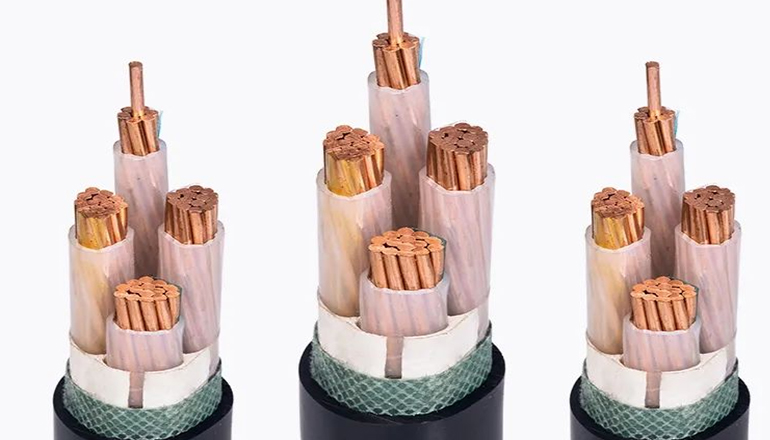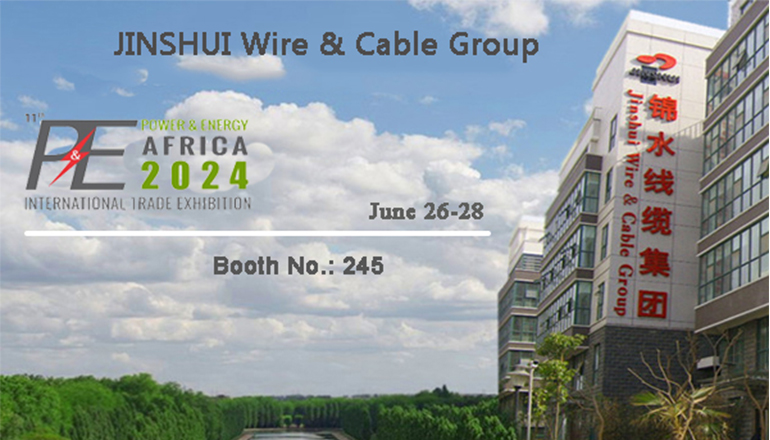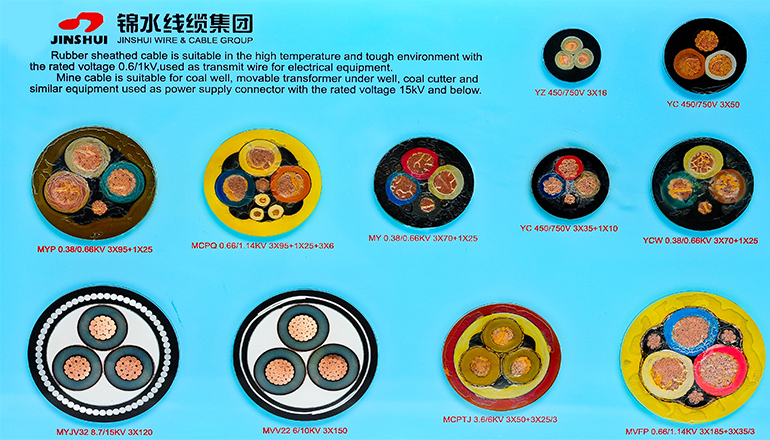- Offices Time:24 Hours Online
- Email:[email protected]
- WhatsApp:+8618339938759
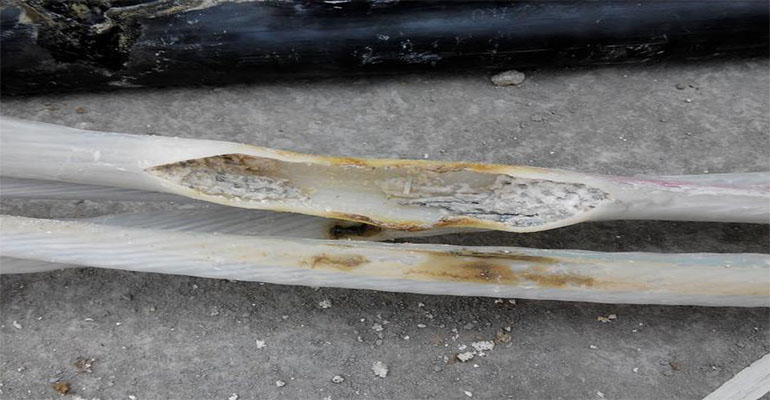
Posted on January 3, 2023
Cause Analysis and Treatment Measures of Cable Insulation Breakdown
Cable insulation breakdown is not a breakdown in our conventional understanding. Cable insulation breakdown refers to the destruction of the original insulation performance of the cable insulation layer due to external force damage (extrusion, lightning strikes, etc.), aging of insulation materials, etc. , Lose the original insulation performance, and discharge between the core wires of the cable in operation, between the core wires and the outer protective steel strip of the cable, and to the ground, resulting in grounding and short circuit faults. Commonly known as “breakdown”.

There are many types of wire and cable, as well as wire and cable insulation. Insulated wire or cable consists of non-conductive material or some other material that resists electrical current. It surrounds and protects the wires and cables inside.
Types of cable insulation and related features:
1.PVC
This is a fairly cheap and easy to use material. This type of wire insulation is used in a variety of applications. It has a temperature range of -55°C to 105°C and is flame retardant, moisture resistant and abrasion resistant. PVC insulated wire is resistant to gasoline, ozone, acids, and solvents, and is safe for medical and food-related purposes as it is tasteless, tasteless, and non-toxic.
2.XLPE
Cross-linked polyethylene is a polyethylene (PE) material with a linear molecular structure, which is cross-linked into a three-dimensional network molecular structure under the bombardment of a cross-linking agent and radiation or electron beams. At present, there are two types of chemical cross-linking and radiation cross-linking. Radiation cross-linking can maintain good electrical properties and flame-retardant properties, and the quality is stable. It is currently a better cross-linking method. Its main advantages are good insulation performance, large carrying capacity, low dielectric loss, light weight, corrosion resistance, moisture resistance, cold resistance, no halogen, and no large amount of toxic fumes emitted when burning.
3.SR-PVC
A form of PVC cable insulation that is primarily used as primary insulation and is very abrasion resistant. Semi-rigid PVC is heat-resistant, water-resistant, acid-resistant, alkali-resistant, and flame-retardant.
4.Plenum PVC
PlenumPVC, another PVC wire insulation, is ideal for building spaces behind dropped ceilings or raised floors that are left open to allow air circulation.
5.PE
This wire insulation compound is commonly used in coaxial and low capacitance cables. It has exemplary electrical properties, although it is flammable. Many times, this cable insulation is used in certain applications because it is affordable and can lower the dielectric constant, making it an attractive option for cables that require high-speed transmission. Polyethylene can also be cross-linked to provide high resistance to cracking, cutting through, welding and solvents. PE can be used in any temperature range from -65°C to 80°C. All densities of polyethylene are stiff, stiff and inflexible.
6.PP
Much like polyethylene, polypropylene has a wider temperature range of 30°C to 80°C. This type of wire insulation is mainly used in thin walls.
7.PUR
Polyurethane is known for its very high toughness, flexibility and flex life from low to high temperatures. Due to its excellent chemical, water and abrasion resistance, this material performs well in retractable rope applications and is ideal for salt spray and cryogenic military use.
8.CPE
Commonly found in power and control cables and in industrial power plant applications, CPE cable insulation exhibits very good resistance to heat, oil and weathering. Many times, CPE is used as a lower cost and more environmentally friendly alternative to chlorosulfonated polyethylene.
9.Nylon
Nylon, a very flexible wire insulation, is usually extruded over a softer insulating compound. It acts as a tough insulating material that is highly resistant to abrasion, cuts and chemicals.
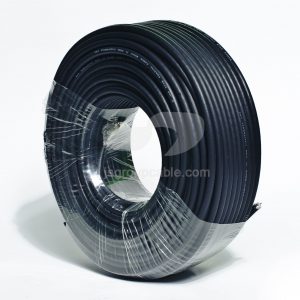
There are several reasons for cable breakdown:
1.Mechanical damage, such as heavy objects pressing the cable, external force damage, etc.
2.Damage caused by irregular construction, such as improper connection of cable heads, unqualified materials used, etc.
3.The insulation is caused by moisture, such as unreasonable operation during construction, allowing some water vapor to enter the cable, or careless operation, causing external damage, allowing water vapor to enter the interior of the cable, causing breakdown.
4.The problem of insulation aging. During long-term operation, the insulation material becomes fragile and easy to break, and it is prone to breakdown.
Measures to prevent cable insulation breakdown:
1.Prevent mechanical damage. The first is to strengthen inspections and prevent excavation near cable lines, taking overhead transmission lines and electric seam line soil in a timely manner.
2.Improve the construction quality of the cable head. Strictly carry out drying treatment. Since the electric field distribution near the terminal head is very uneven, the electric field intensity at the edge of the lead sleeve is the largest, so the insulation at this place should be strengthened.
3.Prevent the insulation from getting wet. Strengthen the maintenance of the electrical outer sheath, and paint asphalt on the outer sheath every 2 to 3 years.
4.Be careful when handling the cables. Avoid squeezing the cables when moving the cables. Do not bend the cables excessively during laying to prevent damage to the inner insulation.
5.Purchase qualified and high-quality cables.
Post categories
Most Popular Posts
-
The 136th Canton Fair welcomes you to participate!
October 12, 2024 -
High temperature cable introduction
July 26, 2024 -
Kenya Power and Energy Exhibition 2024
June 11, 2024 -
Introduction of rubber sheathed cable
June 5, 2024



